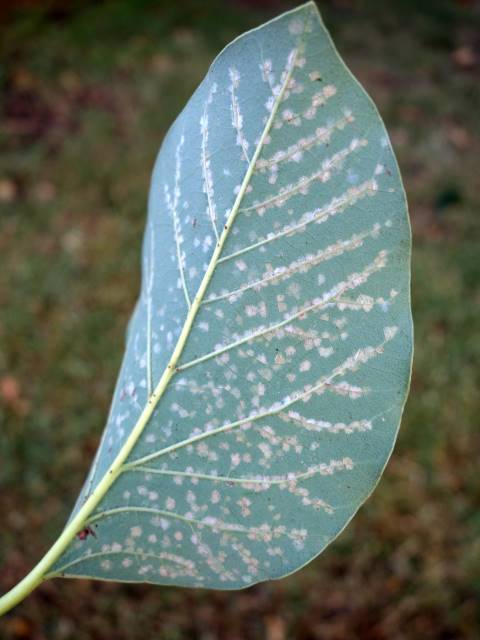The Persea mite, scientifically known as Oligonychus perseae, is a significant pest that poses a serious threat to avocado trees in growing regions worldwide. This tiny arachnid, while small in size, can cause substantial damage to avocado crops, leading to defoliation and impacting overall yield.
Identification of the Persea Mite
Adult Persea mites measure approximately 0.5 mm in size, making them nearly invisible to the naked eye. The females are characterized by their oval-shaped, slightly flattened bodies, which are yellowish-green with several small dark spots on their abdomens. Males are smaller, with a pear-shaped body that is also slightly flattened and typically yellowish in color, occasionally featuring small dark spots as well. As they age, female Persea mites can turn dark green, become inactive, and reduce in size.
Immature stages of the mite are similarly small, displaying a yellowish or greenish hue with two or more small dark spots on their abdomens.
Confusion with other pests
Persea mites can be easily confused with the Six-spotted mite (Eotetranychus sexmaculatus), which also inhabits avocado-growing areas and feeds on the undersides of leaves. However, there are distinct differences between the two. Unlike Persea mites, Six-spotted mite colonies do not form densely layered web canopies. Additionally, Persea mites prefer to feed near the midrib and large lateral veins of leaves, causing irregular purplish, necrotic spotting that is a clear indicator of their presence.
Signs of infestation
To identify a Persea mite infestation, look for nests formed along the midribs and veins on the undersides of leaves. Symptoms of leaf damage manifest as necrotic spots that are often covered with protective webbing. The upper surfaces of affected leaves will display a yellow spotting pattern, which becomes more pronounced as mite populations increase. In severe cases, the feeding damage leads to leaf drop, resulting in a litter of yellow-spotted leaves on the ground beneath heavily infested trees.
Spread of the Persea Mite
Persea mites are adept at spreading, primarily through wind and by hitching rides on infested plants. This ability to disperse makes them a persistent threat to avocado crops, necessitating vigilant monitoring and management practices to mitigate their impact.
Conclusion
The Persea mite is a formidable adversary for avocado growers, capable of causing extensive damage to crops if left unchecked. By understanding its characteristics, identifying signs of infestation, and recognizing its spread mechanisms, farmers can take proactive measures to protect their avocado trees and ensure a healthy harvest. Awareness and early intervention are key to managing this pest and safeguarding the future of avocado production.

